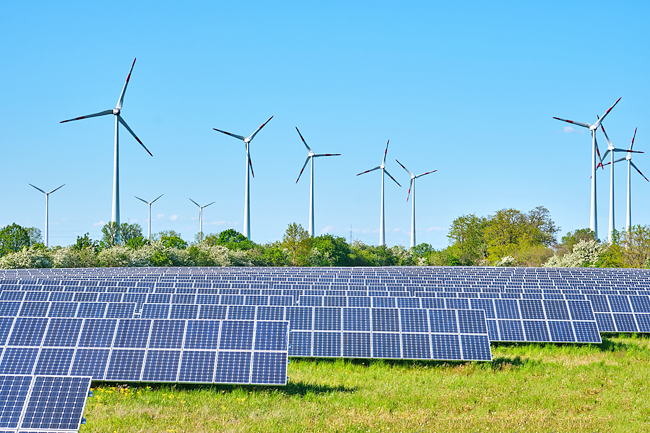Aqilah Rahman
Investment in clean energy technologies is outpacing spending on fossil fuels. The global energy industry is set to have USD2.8 trillion investment in 2023, with a signification portion allocated to clean energy technologies. More than USD1.7 trillion is expected to go to clean technologies, while the remaining goes to fossil fuels according to a new International Energy Agency (IEA) report.
“Clean energy is moving fast – faster than many people realise. This is clear in the investment trends, where clean technologies are pulling away from fossil fuels,” said IEA Executive Director Fatih Birol.
“For every USD1 invested in fossil fuels, about USD1.7 are now going into clean energy.
Five years ago, this ratio was one-to-one. One shining example is investment in solar, which is set to overtake the amount of investment going into oil production for the first time.”
Driven by renewables and vehicles, annual clean energy investment is expected to rise by 24 per cent between 2021 and 2023. In comparison, investment in fossil fuels over this period is projected to increase by 15 per cent.
Advanced economies and China contribute to more than 90 per cent of the increase in clean energy investment, highlighting the need for other countries to make the transition.

However, the report also highlights notable progress including solar investment in India, deployment in Brazil and investor activity picking up in parts of the Middle East, notably in Saudi Arabia, the United Arab Emirates and Oman. Interest rates, unclear policy frameworks and market designs, financially strained utilities and capital costs are among factors that hold back investment in many other countries.
Following the continuous cost declines, the last two years saw a price increase for some of the key clean energy technologies largely due to cost of critical minerals, semiconductors and bulk materials including steel and cement. In early 2022, solar photovoltaic modules were about 20 per cent more expensive compared to the previous year, though the price pressures have eased since. Meanwhile, wind turbine costs remained high in early 2023, at 35 per cent above the low levels of early 2020.
Except from solar deployment which has been steadily increasing over the years, the project pipeline for other technologies has been less reliable. Investment in wind power has varied year-on-year in key markets while nuclear investment is rising but hydropower has been on a downward trend.
A variety of factors have contributed to the growth of investments in clean energy in recent years, including volatile fossil fuel markets following the invasion of Ukraine, enhanced policy support through the United States Inflation Reduction Act and new initiatives in Europe, Japan and China. Renewable power and electric vehicles (EVs) led the momentum behind clean energy investment, in addition to contributions from other areas including batteries, heat pumps and nuclear power.
Low-emissions electricity technologies are expected to account for almost 90 per cent of investment in power generation this year, led by solar. Over USD1 billion per day is expected to be spent on solar investments in 2023, slightly overtaking upstream oil spending for the first time.
Consumers are also investing in more electrified end-uses. Sales of EVs are expected to leap by a third this year after a record-breaking surge in 2022. As a result, investment in EVs has more than doubled since 2021, reaching USD130 billion in 2023.
The report also highlights that 2022 was a profitable year for many fossil fuel companies due to higher fuel prices. However, most of the cash flow was allocated to dividends, share buybacks and debt payments instead of going back into traditional supply.
Investment in unabated fossil fuel supply is projected to increase by over six per cent this year, reaching USD950 billion. Upstream oil and gas is expected to make up the largest share, back to 2019 levels.
Most large oil and gas companies have announced higher planned spending on upstream projects than last year, but only a few are investing more than they did before the pandemic. Spending varies between regions, with increased spending mainly concentrated among large national oil companies in the Middle East.
According to the report, today’s fossil fuel investment spending is now more than double the levels needed in 2030 if the world is to limit the long-term temperature rise to 1.5 degrees Celsius with respect to the net zero emissions by 2050 Scenario. In addition, today’s coal investment is nearly six times higher than the 2030 requirements in the net zero scenario, pushing the temperature limit out of reach.


